Swedish Lapphund
Lappie, Suomenlapinkoira
 akc
akc ankc
ankc fci
fci nzkc
nzkc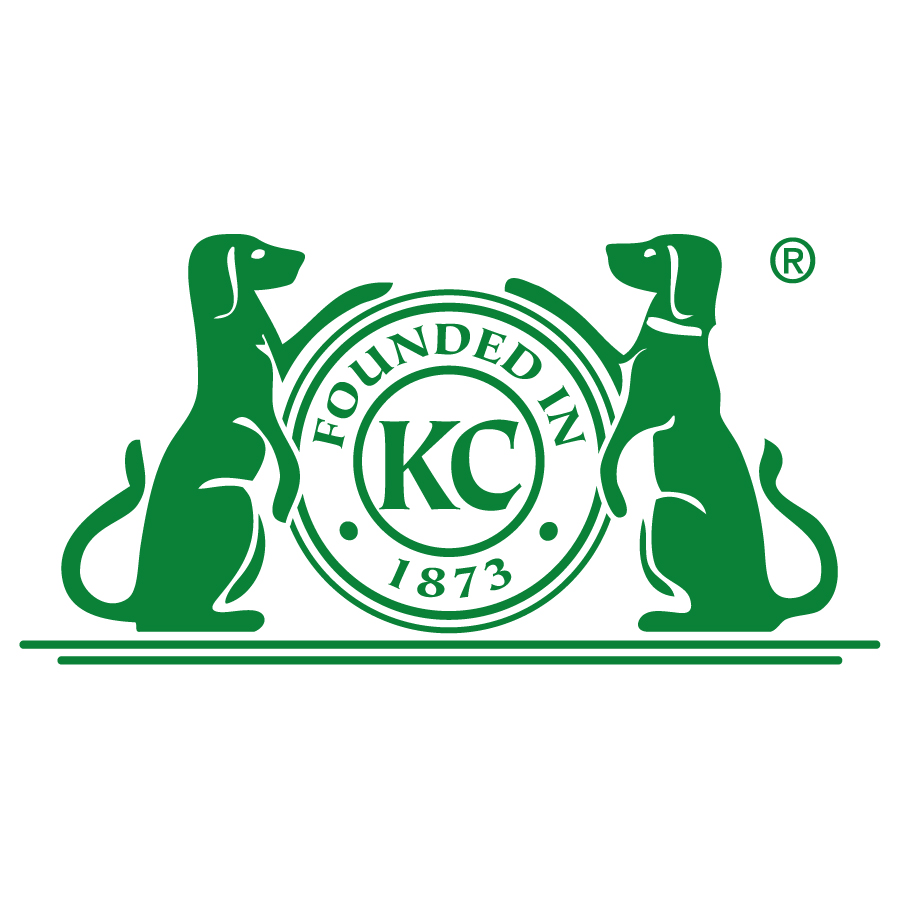 rkc
rkc ukc
ukc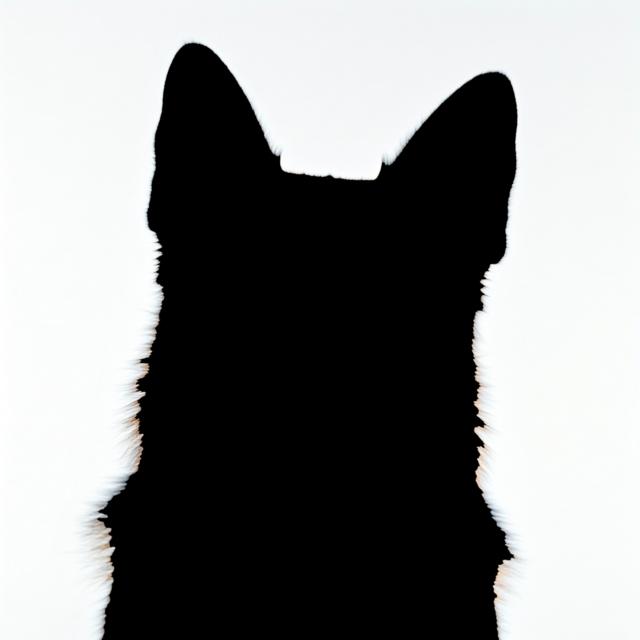
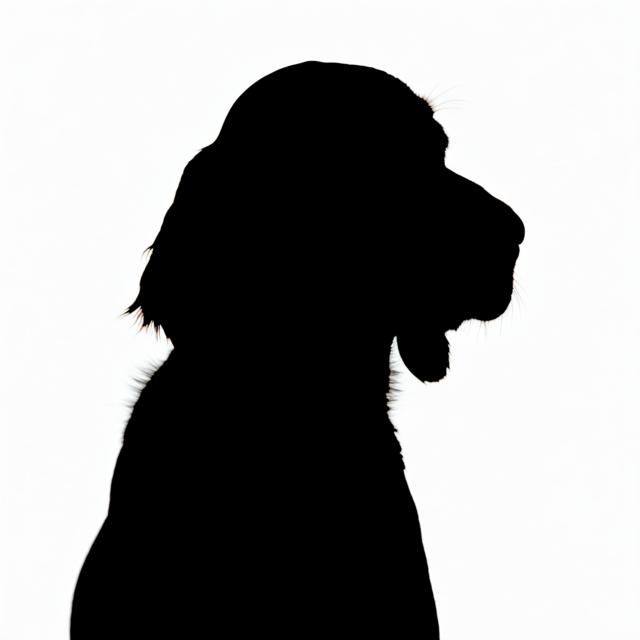
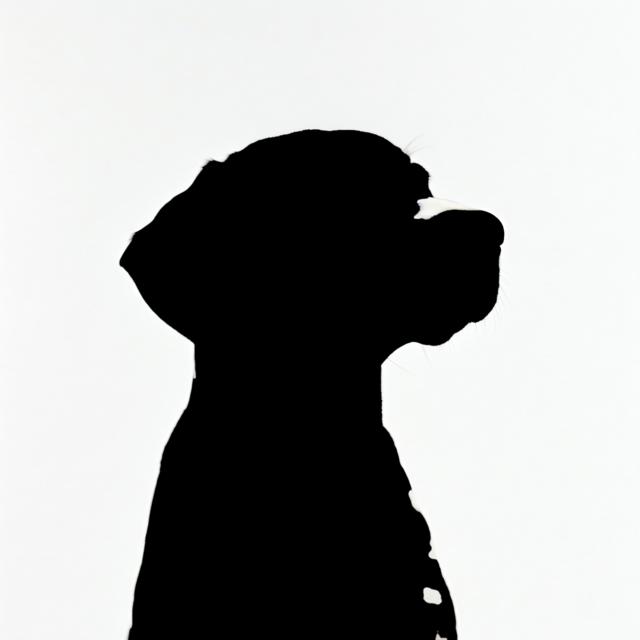
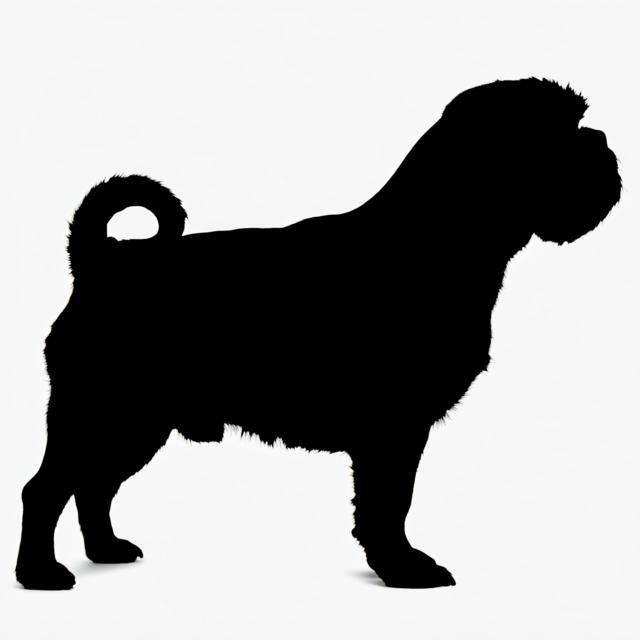
Summary
- The Swedish Lapphund is a medium-sized herding breed originating from Sweden, known for its intelligence, loyalty, and friendly nature. They have a distinctive double coat and require regular exercise and grooming.
Origin and Purpose
- Developed in Sweden, used for herding reindeer and as watchdogs, now also a family pet.
Appearance
Dimensions
| Gender | Height | Weight |
|---|---|---|
| Female | 40-46 cm (16-18 in) | 19-20 kg (42-44 lbs) |
| Male | 45-51 cm (18-20 in) | 20-21 kg (44-46 lbs) |
Coat
| Attribute | Notes |
|---|---|
| Color |
|
| Type |
|
| Length |
|
Care
| Attribute | Notes |
|---|---|
| Shedding |
|
| Grooming |
|
| Drooling |
|
Body
| Attribute | Notes |
|---|---|
| Head |
|
| Skull |
|
| Ears |
|
| Eyes |
|
| Nose |
|
| Muzzle |
|
| Teeth |
|
| Neck |
|
| Forequarters |
|
| Fore Legs |
|
| Hindquarters |
|
| Hind Legs |
|
| Feet |
|
| Tail |
|
| Gait |
|
Temperament
- Intelligent, loyal, eager to please, and friendly.
Social
| Attribute | Notes |
|---|---|
| Affectionate with Family |
|
| Good with Children |
|
| Good with Dogs |
|
| Good with Cats |
|
| Openness to Strangers |
|
| Playfulness Level |
|
| Protective Nature |
|
| Adaptability Level |
|
Working Roles
- Herding reindeer, watchdog
Exercise Needs
- Moderate
Health
- Generally healthy, but may have some health concerns, including hip dysplasia, progressive retinal atrophy and primary lens luxation
Additional Notes
- Needs early socialization and training. Bred to be a working dog, they are happiest with a job to do.